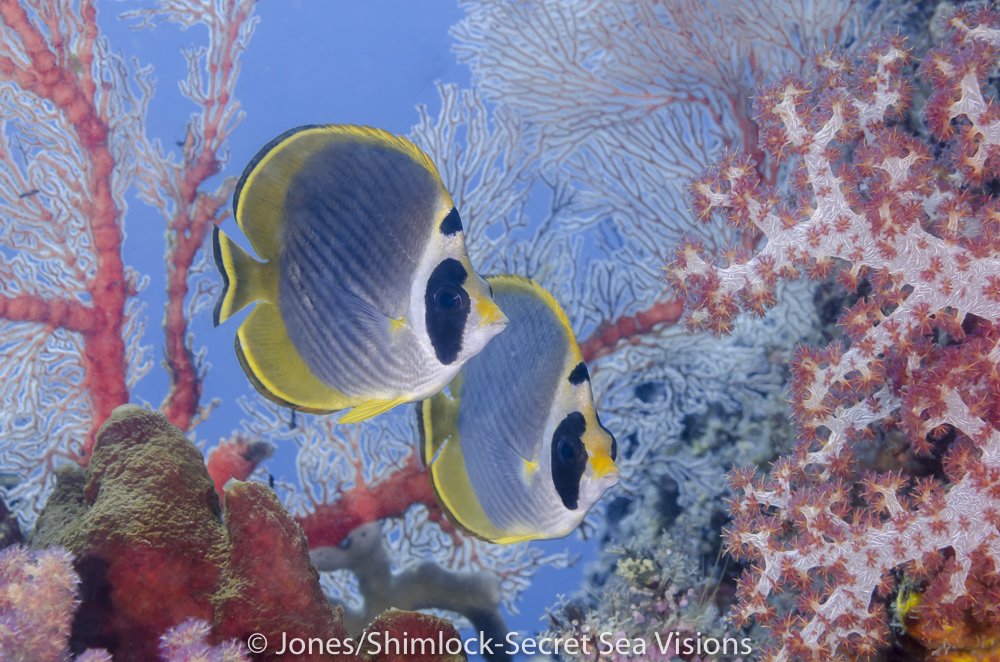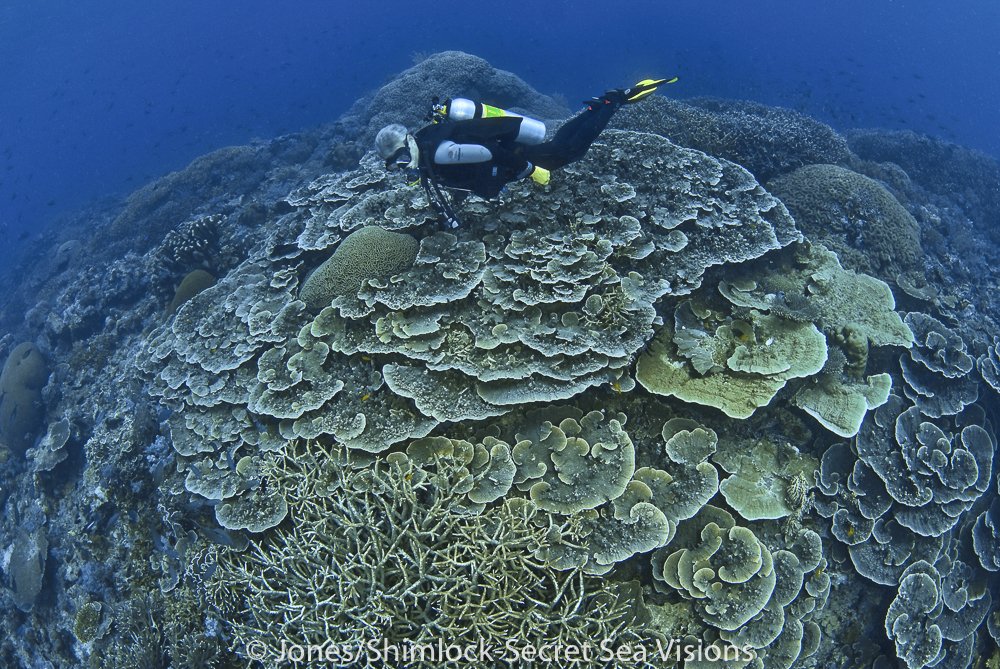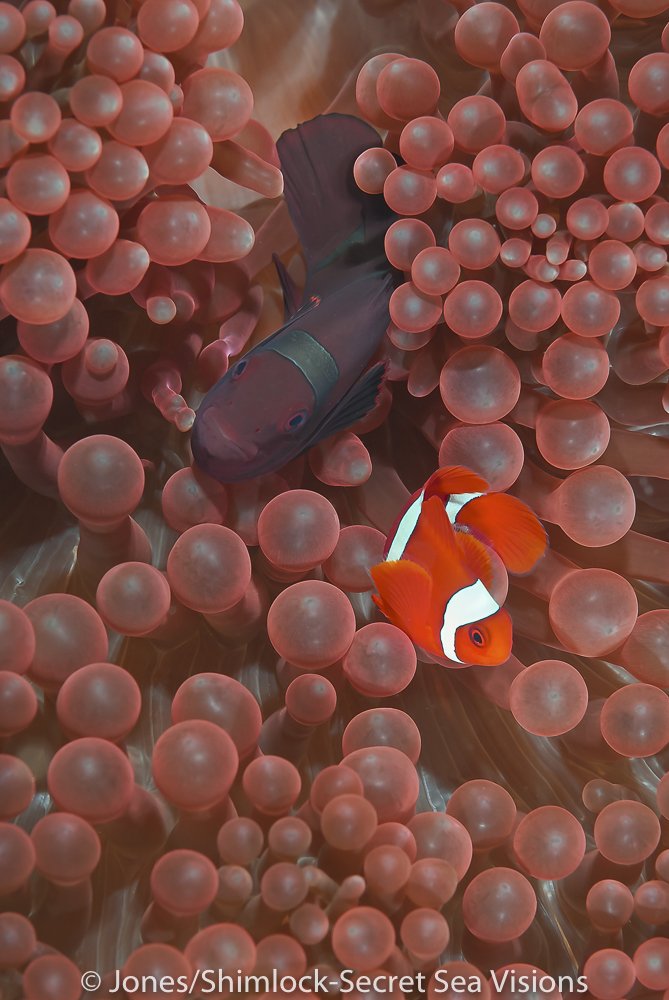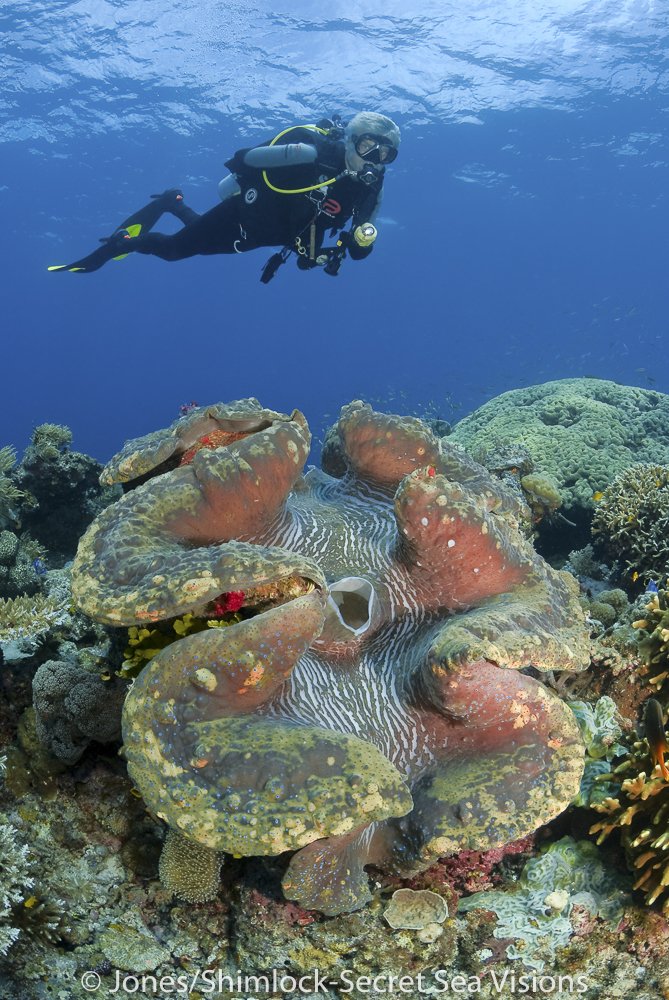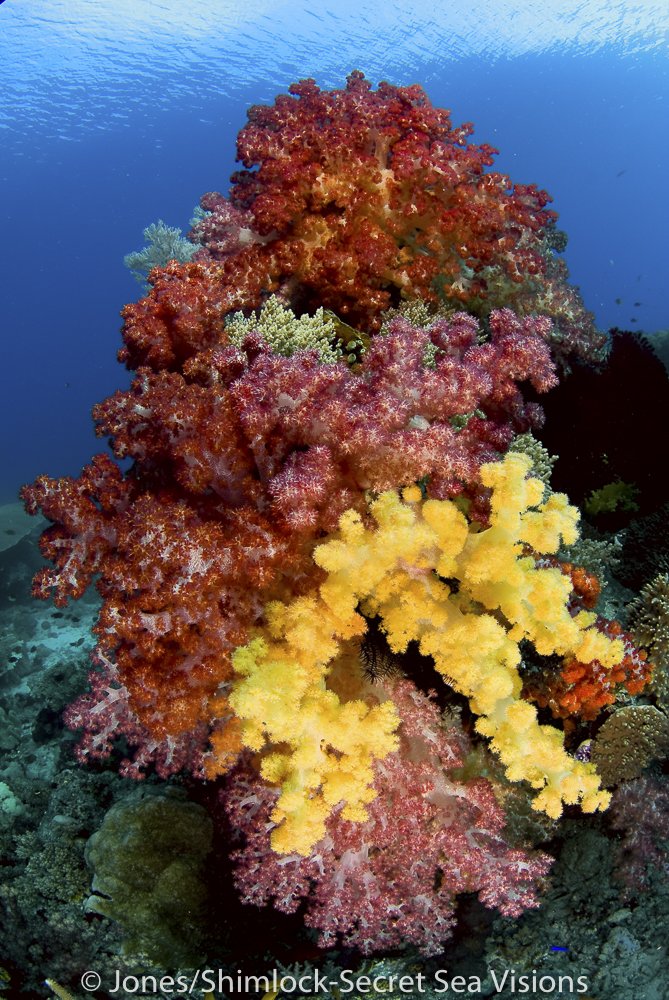Your complete guide to the remotest part of the Misool Marine Reserve
The Misool Marine Reserve is really remote. We’re sure that all of our adventurous guests will agree. However, once you’ve made the long journey and are happily ensconced at Misool Resort approximately 40 world-class dives sites surround you, all within about a 20-minute boat ride. But, where the heck is Daram and why do we love it?
Where is Daram?
The Misool Marine Reserve was established in 2005 through a lease agreement with the local landowners. This agreement permitted us to establish a No-Take Zone (NTZ) within which all fishing and extraction practices are banned. In 2010, the lease area was extended to include the Daram archipelago, to the South-East of the original NTZ.
As the crow flies, it is approximately 40 km away from Batbitim - a journey of 70 minutes from the resort by boat on a calm day. The Daram NTZ is roughly 400 km² and the area encompasses a dozen islands, all of which are uninhabited. Rangers are positioned on the island and we’re in the process of building a new Ranger Station, thanks to generous support from WildAid Canada.
mustenge island in the daram no take zone. photo credit: setya tantra
Sabine’s Daram Top 5
Misool’s dive and recreation manager, Sabine Templeton, shares her Daram favourites.
1. Diving: We have around seven dives sites logged in the area but there is so much potential for exploratory dives and potential to unearth undiscovered, stunning reefs. The sites are rich and varied; diverse hard and soft coral reefs, reef sharks, bait balls, dolphins, walls, ridges, overhangs. Knowing that few people dive here makes it feel even more wild and adventurous. (See my profile of dive site, Andiamo, below.)
2. Snorkelling: This area is a snorkeller’s dream. One of my favourite moments was snorkelling with over 80 huge bumphead parrotfish. I spent over an hour with them. Unforgettable.
3. Turtles: Based on the sheer number of tracks and active nests I would not hesitate to say this is a turtle hotspot for both Greens and Hawksbills and maybe others.
4. Dreamy beaches: The sandbar on Mustenge is ridiculously beautiful - a long stretch of white sand surrounded by turquoise water. It feels surreal almost, like a dream. Topside time is great for birding – a keen eye can spot sea birds, eagles, fruit doves and kingfishers.
5. Mantas: Recent reports from a Conservation International research expedition show that mantas frequent the area. We have no recorded visual sightings, however since we set up an acoustic receiver there last May, it recorded the second highest number of pings from tagged mantas out of ALL the Misool receivers!
Burt Jones, legendary photographer and founder of The Birdshead Seascape tells us why Daram is one of his favourite spots in the world. And thanks to Burt for all the superb photos that illustrate this article.
“Back in 2008 when we were researching the diving guide for Raja Ampat, Andy and Marit Miners took us on a full day excursion to the Daram Islands. Early on a calm morning, we motored the twenty miles between MER and Daram’s low-lying islands in quiet anticipation. We knew the diving would be spectacular, but we weren’t prepared for sites like Andiamo or Candy Store. It was difficult to focus on our work, describing dive sites in images and words; we missed a lot of shots just watching the marine life parade.
At Candy Store sea fans and table corals peaked from beneath their cloak of yellow snappers. At Warna Berwana soft corals grew at right angles to the hard reefscape, showing us the direction of the current flow. We dived with the current until we reached an oval-shaped plateau at the reef’s northwest tip where a school of barracuda circled to the surface. Andiamo is so extensive a full day’s diving there is not nearly enough.
Centuries ago, traders from Fak Fak may have passed through the Daram Islands on the way north around the west coast of mainland Papua. Today these islands are not on any trade route, nor do they support human population, making Daram the perfect spot for illegal fishing. Yet, conservation patrols and a remote ranger station, supported solely through the work of the Misool Foundation, protect reefs with perhaps 600% more fish biomass than we observed in 2008.”



